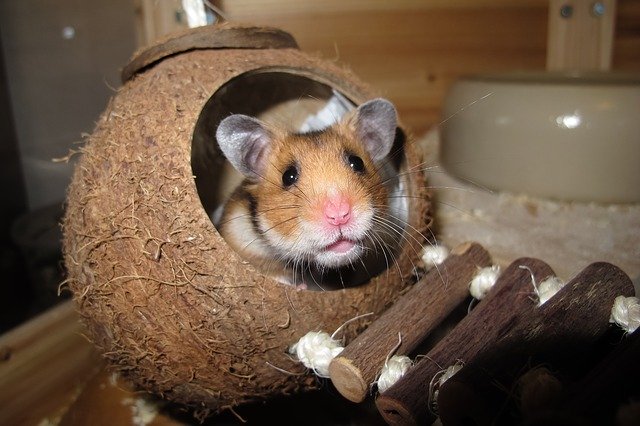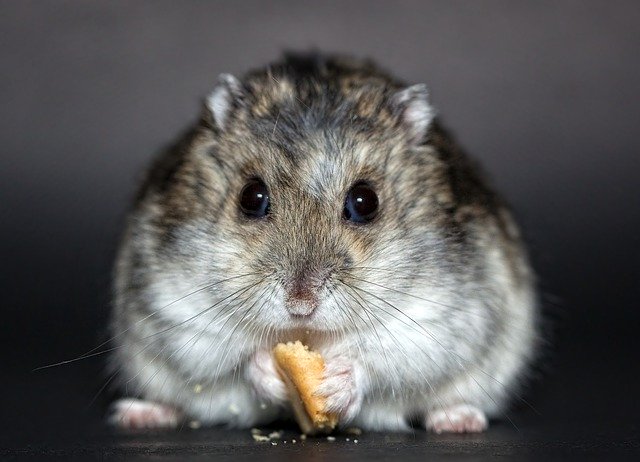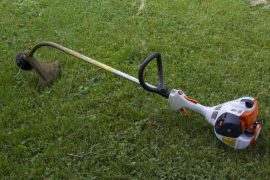Although it is difficult to accept, it is a fact of life that all of our pets will grow older. As your pet hamster moves into senior citizen status, be sure to take a few extra measures like using Independent Living Aids to make his final time more comfortable.
Once your hamster hits the 3-4 year age range, take a moment to review his living environment. You will need to make a few modifications to your hamster’s home as he grows older. Since his level of activity is decreasing, it is time to remove climbing tubes and upper levels. Since his balance isn’t what it once was, this safety precaution is for his own good.

Since your hamster is no longer able to climb as freely as he did in his youth, be sure to move his water bottle and food bowl to the lowest levels of his home. You don’t want to leave them on high levels or at the top of a climbing tube because if he is having a sore day, he won’t be able to muster up the energy to get to them. You never want to deny your hamster water or food!
Be sure to watch your hamster make sure that he is eating and drinking several times each day. A good measure of his food intake is to also watch for him to go potty. Hamsters tend to pick a favorite corner to do their business. Check this area and make sure there are consistent poop pellets and damp bedding from urine.
To encourage regular eating, offer your elderly hamster high nutrient treats such as Calci-Worms (calcium infused mealworms), spinach, or carrots. The extra boost will keep him healthy in his old age.
When your hamster is out of his cage for playtime, monitor his movements carefully. If he seems to be lethargic, or struggle, limit his time in hamster running balls or homemade playgrounds. You don’t want to cause your hamster any extra stress.
While you are holding your older hamster, take a moment to inspect his body. He should have clear, bright eyes. If they are dull, or sunken-in he may be dehydrated or sick. His fur should be clean and smooth. If there are patchy areas, he may have mites, or be pulling his own fur out due to stress.

If he has stopped cleaning himself, he may be nearing the end of his life. Hamsters will do whatever they must to keep their fur clean. If you notice excessive moisture around the hamster’s rear end, he may have a condition known as the wet tail. This is caused by stress and is usually fatal if not caught very early. Preventative antibiotics are available to boost your hamster’s immunity during stressful events such as moving, loud sounds in the house, excessive visitors (holidays, parties, etc.)
Also, check your hamster for lumps. They are prone to cancerous tumors and can develop them very rapidly. If a lump is found, it can be tested by a veterinarian to see if it is indeed cancerous.
With a little extra care and attention to your older hamster, you can ensure that he will have a safer, easier end of life.




